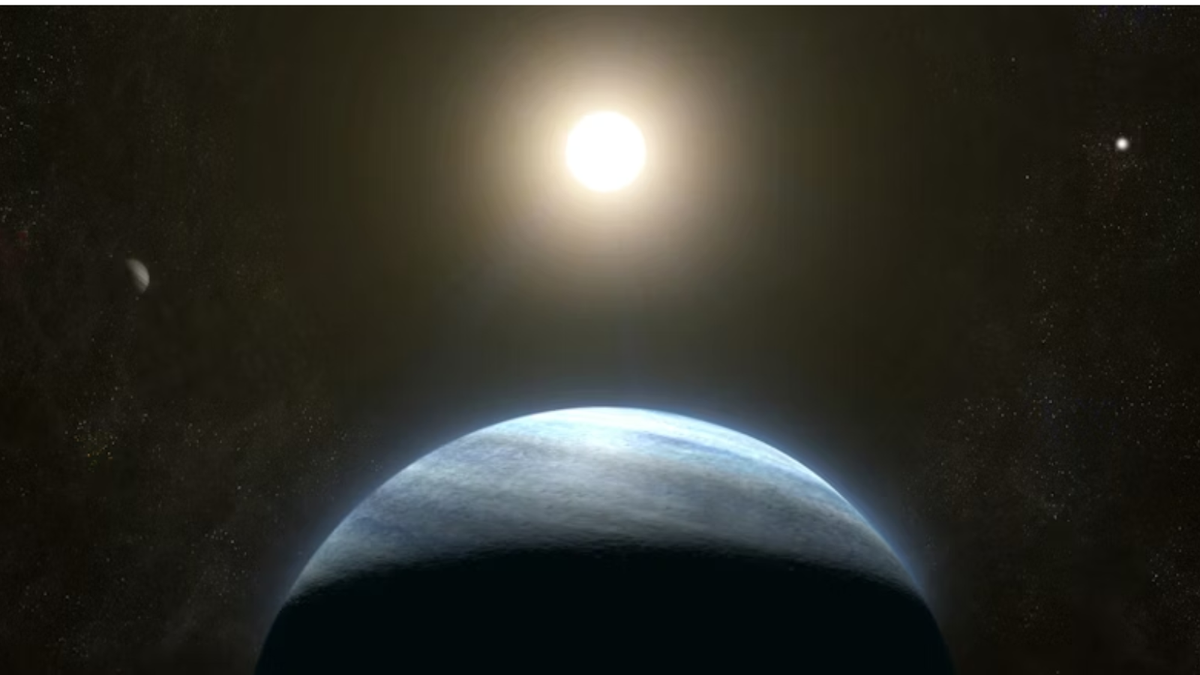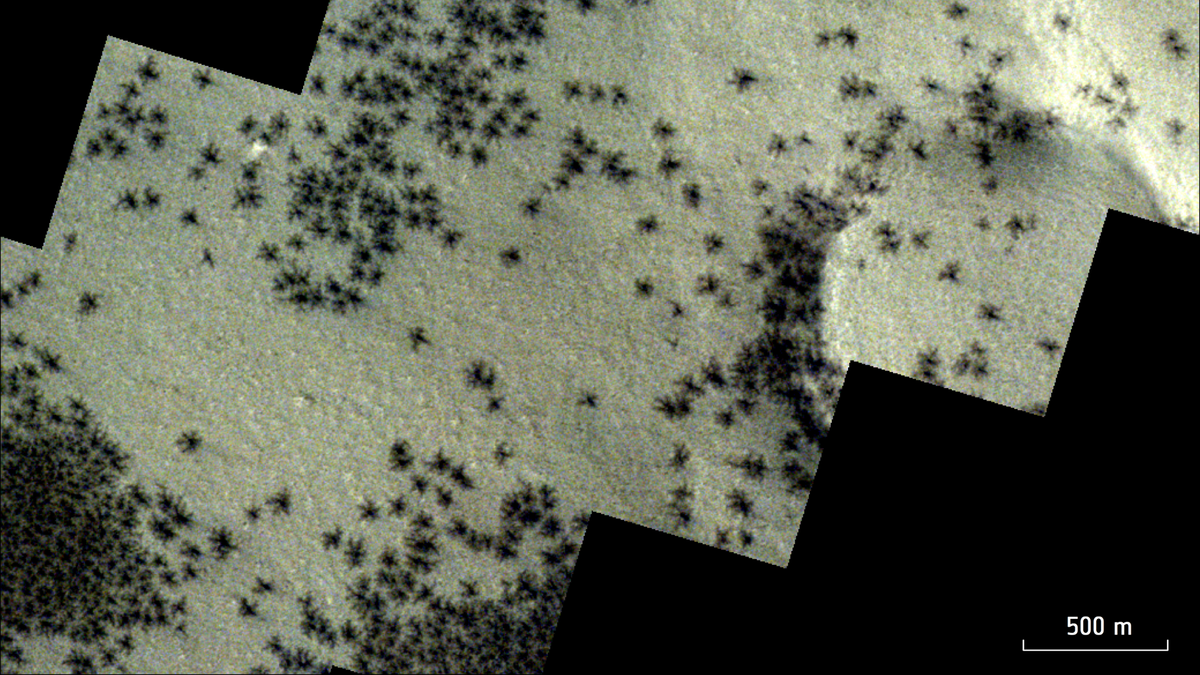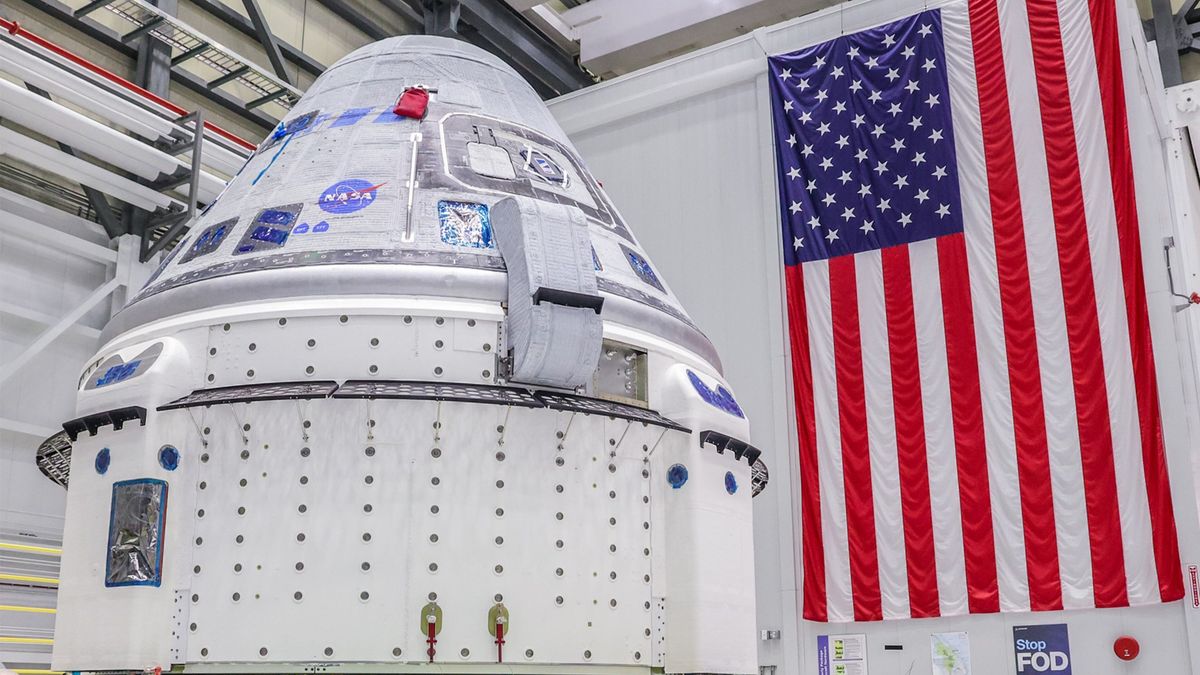Remarkable Discovery of Planet Percival
Citizen scientists sifting through data collected by NASA’s Transiting Exoplanet Survey Satellite (TESS) have unearthed a record-setting exoplanet and bestowed upon it the moniker Percival, an homage to the father of Albus Dumbledore, the esteemed headmaster of Hogwarts from the Harry Potter series.
In a more scientific context, this extrasolar planet, referred to as TOI 4633 c, orbits the star TOI 4633 A, which is akin in size to our own sun and part of a binary stellar system situated approximately 309 light-years away from Earth. What sets Percival apart, however, extends beyond its association with fictional characters.
Percival’s orbit within the habitable zone of its star makes it particularly noteworthy, earning it the additional title of the “Goldilocks zone” due to its ideal temperature range conducive to liquid water—a critical requirement for sustaining life. The planet’s uniqueness is further underscored by its exceptional characteristics.
Distinctive Traits of Percival
Percival boasts dimensions roughly three times that of Earth, positioning it as a Neptune-like entity with one of the most elongated orbits among planets of its category. Furthermore, it possesses the second-longest orbit identified within the entirety of TESS data thus far, counting among a select group of five planets with orbits exceeding 100 days since the spacecraft’s inception into space in 2018.
Nora Eisner, from the Center for Computational Astrophysics and lead investigator of Planet Hunters TESS, expressed, “This planet is remarkable in many aspects, characterized by its unique orbit, location within the habitable zone, and association with a luminous star.”
Exploring the Enigmatic Star System
The fortuitous discovery of Percival stems from its periodic transits across the face of its host star, TOI 4633, leading to discernible fluctuations in light observed by TESS. Despite being located at an unusual distance from its star, requiring approximately 272 Earth days to complete an orbit, Percival’s presence was duly noted.
Concurrently, within the same binary system lies TOI 4633 B, which circulates around TOI 4633 A over a lengthy span of 203 Earth years, embodying the dynamics of a stellar arrangement born from a shared nebular origin, giving rise to planetary evolution.
Considering the intricacies of binary systems, the emergence of planets within such contexts acquires utmost importance, shedding light on the diverse outcomes stemming from common celestial building blocks and informing our understanding of planetary genesis.
Potential for Exomoon Exploration
Despite Percival’s ambiance lending itself minimally to conventional life as we know it, given its gaseous composition comprising water vapor, hydrogen, and methane, speculations persist regarding the presence of exomoons with more favorable conditions. These moons could potentially harbor solid surfaces conducive to water and, by extension, support forms of life.
While the existence of exomoons within the Percival system remains speculative, the prominence of its stars and the elongated orbit of the planet indicate auspicious conditions for future exomoon detection endeavors, promising further revelations in the field of celestial investigation.
Invaluable Role of Citizen Scientists
The collaborative efforts of citizen scientists participating in the Planet Hunters TESS initiative have proven instrumental in augmenting astronomical research capabilities, navigating vast datasets beyond the capacity of automated processes. Through their intricate pattern recognition skills, volunteers contribute significantly to the identification of elusive planetary signals.
The exceptional case of Percival’s discovery exemplifies the synergy between citizen-led initiatives and professional astronomers, culminating in profound insights into celestial phenomena and paving the way for enhanced comprehension of planetary systems.
Published in The Astrophysical Journal.
Image/Photo credit: source url





